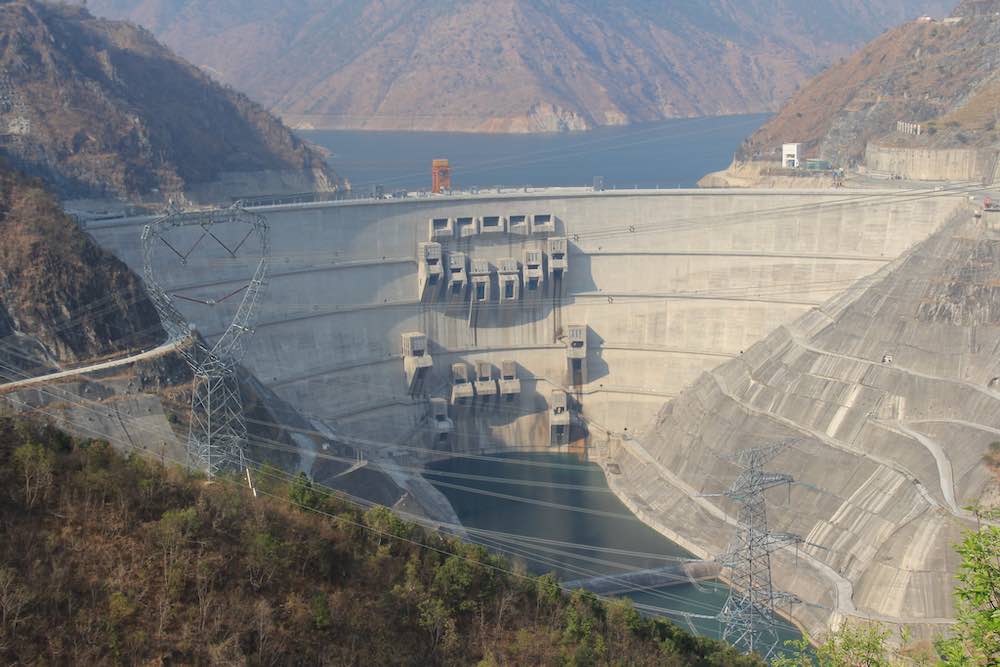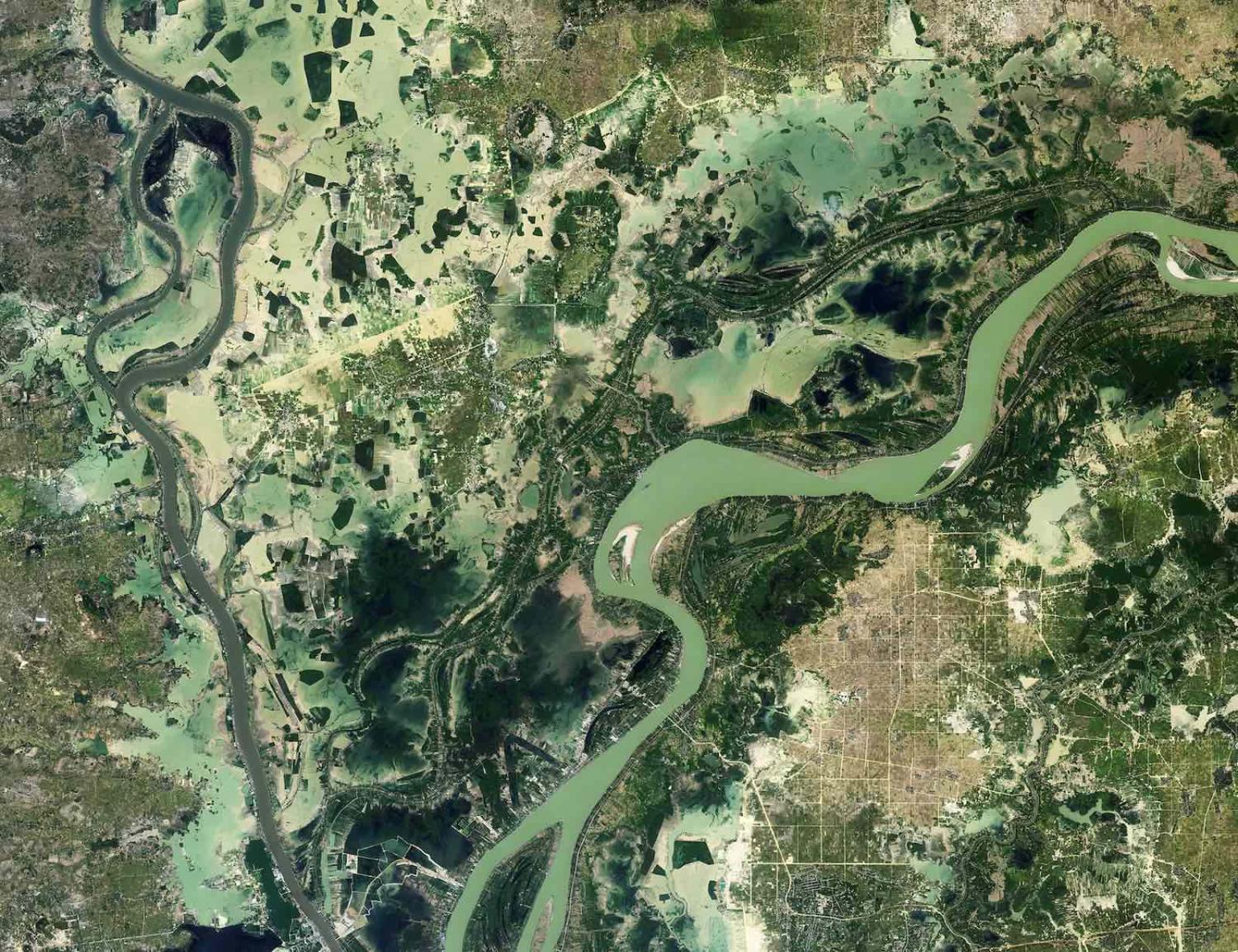Recent reports of a rapid diminishment in the size of the glaciers that feed the great rivers of Asia, including the Mekong, have received wide coverage, not least because they are accompanied by striking visuals.
What is happening at the other end of the river in the Mekong Delta has garnered much less attention. But it may well be that the river’s vast and productive delta will be where the more immediate effects of changes to the Mekong will first become apparent. And for a country such as Vietnam, the Mekong Delta provides in excess of 50% of its agricultural GDP.
It may well be that the river’s vast and productive delta will be where the more immediate effects of changes to the Mekong will first become apparent.
I was alerted to the latest information in a disturbing VOA report from earlier this year with its suggestion that the delta could disappear entirely by the end of the century. The report is largely based on research carried out at Utrecht University in the Netherlands which draws attention to the rapid subsidence and reduction in the size of the delta’s land area due to excessive pumping out of underlying water reserves. This is a process of great concern when the prospect of rising sea levels due to climate change is likely to accelerate the steady increase in saltwater intrusion that has been occurring for decades. (A particularly useful summary of the issue is published here.)
And the VOA account also draws attention to a point that has been of concern for close observers of the Mekong for some time: the blocking effect on the flow of sediment down the river as the result of the cascade of dams built by China on the river’s upper reaches.

To date seven 11 dams* have been built with more in prospect. There is universal agreement on the vital role played by the sediment flow down the river, but nowhere is it more important than in the Mekong Delta. The sediment contains critical nutrients that are spread of agricultural land during flood seasons as well as replacing loss of topsoil in those floods.
While there is some variation in the estimates of the size of the sediment flow down the Mekong before any dams were built, there is agreement that without any impediment the bulk of the sediment that flowed down the river originated in China. Estimates of the Chinese content of this flow has never been less than 80% of the total. Yet China in building its dams made no provision for the flushing of sediment from the dams’ reservoirs. Indeed, to the contrary, one of the factors behind the construction of its huge dam at Xiaowan was to the restrict the flow of sediment into the first two dams it completed at Manwan and Dachaoshan.
The gravity of the situation presented by the Utrecht research is highlighted by the observation of a senior Vietnamese official lamenting the already clear reduction in the delta’s surface area cited in the VOA report. Long known as the region of the Nine Dragons (“cuu long”) as a reflection of the nine mouths of the Mekong as it flows into the South China Sea, Bui Chi Buu, Director-General of the Institute for Agricultural Science for Southern Vietnam, speaks of the river’s mouths being reduced to seven while fearing that “in the future maybe we have four or five”.
* Update: in addition to the seven dams regularly cited as completed – Manwan, Dachaosha, Xiaowan, Nuozhadu, Gongguoqi, Jinghon and Miaowei – recent research kindly transmitted to me by Bryan Eyler of the Stimson Center in Washington DC has identified four further dams in operation: Dahuaqiao, Huangdeng, Lidi and Wunonglor, all located on the upper reaches of the river, which is known as the Lancang in China.

